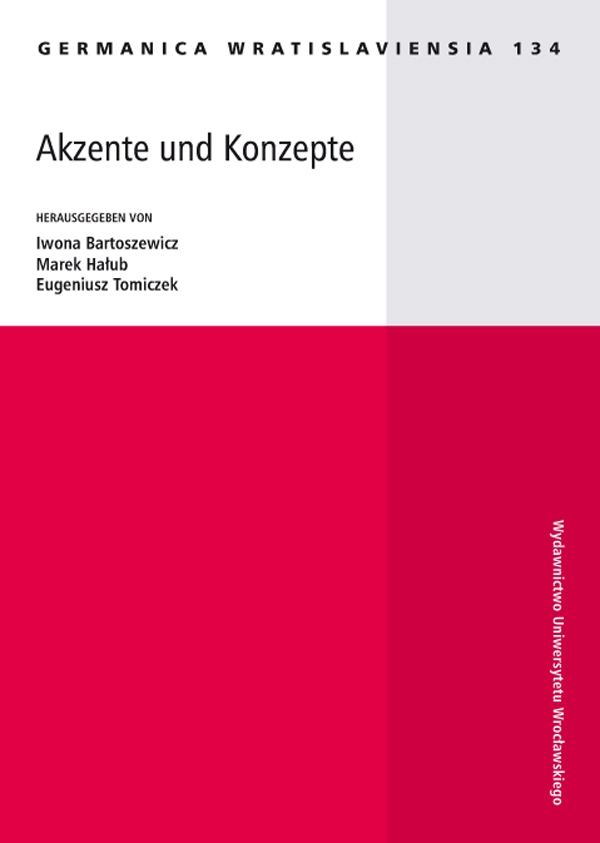

Sprachwissenschaft

Die sogenannten freien Dative, die Resultativkonstruktionen und die Ad-hoc Bewegungsverben: der Beitrag der Konstruktionsgrammatik und der Valenzgrammatik
Ins Blickfeld der aktuellen Fachdiskussion tritt die Betrachtung der sogenannten freien Dative, der Resultativkonstruktionen und der Ad-hoc-Bewegungsverben aufgrund dessen, dass sie nicht nur der Dependenz- und Valenztheorie und den lexembasiert orientierten Ansätzen, sondern auch der Konstruktionsgrammatik Schwierigkeiten bereiten. Betreffend die freien Dative setze ich mich in diesem Aufsatz mit ihrer umstrittenen Auffassung als Ergänzung oder als Angabe auseinander. Bei den sogenannten Ad-hoc-Bewegungsverben wird an den Status des mit direktiver Bedeutung hinzugefügten Satzglieds herangegangen und bei der Analyse der Resultativkonstruktionen gehe ich der Frage nach, ob die Auffassung des Verbs als oberster Valenzträger, d.h. als oberster Knoten der hierarchischen Satzstruktur, der Ansicht eines komplexen Prädikats vorzuziehen ist.
The so-called free datives, the resultative constructions and the ad hoc verbs of motion: the contribution of construction grammar and dependency grammar
The description of the so-called free datives occupies a central position within linguistic discussions today, together with the descriptions of resultative constructions and the ad hoc verbs of motion. These descriptions are especially problematic for the grammatical theory, for the dependency grammar and also for the construction grammar. It is my aim in this paper to discuss, first, the controversial classification of free datives, placing special emphasis on their status as complements or circumstantials. Secondly, I will focus on the role of directive phrase that is added to the ad hoc verbs of motion. Thirdly, the study will deal with the question whether the verb in resultative constructions remains as the highest hierarchical unit or whether it could be interpreted as a complex predicate.